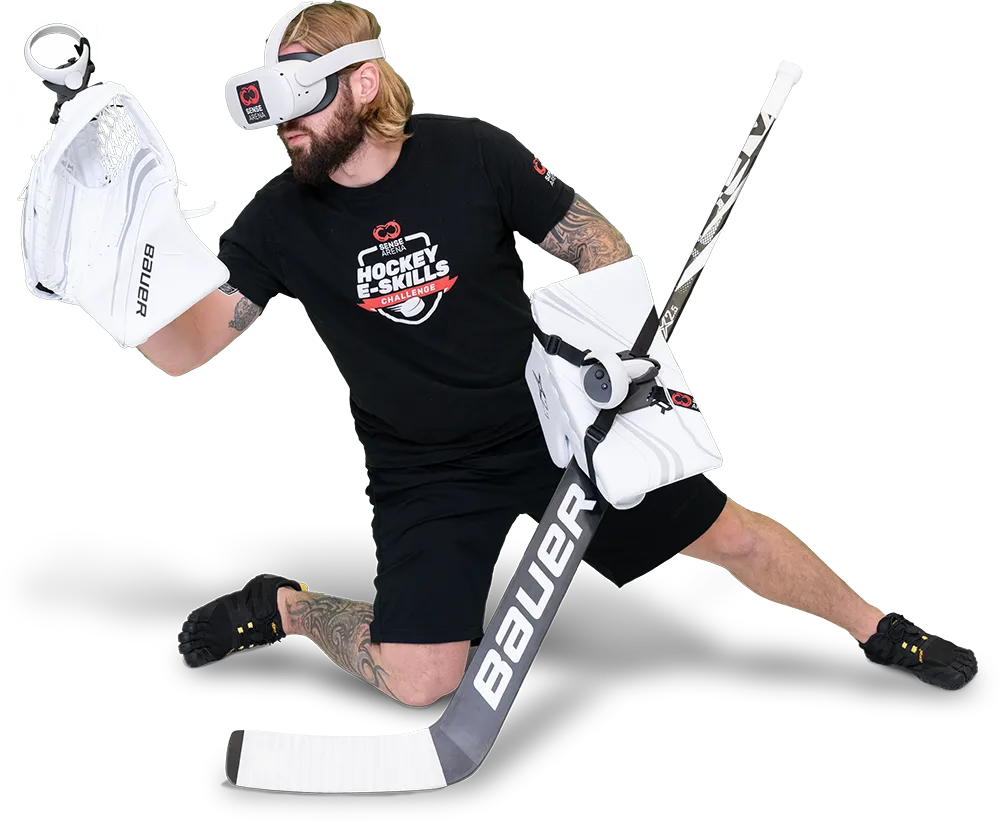Welcome to the Research and Strategy Services at in today's fast-paced.


Virtual reality (VR) has rapidly evolved from gaming into a serious tool for athlete development, rehabilitation, and cognitive training. By immersing users in 3D environments that challenge perception, coordination, and reaction, VR systems can simulate real-world demands in controlled and repeatable ways.
For coaches, therapists, and researchers, VR training offers two major advantages:
Below are five of the most innovative and validated VR systems being used today across sport, rehab, and human-performance domains.

What It Is
STRIVR is a VR training platform originally developed at Stanford University that delivers immersive simulation for cognitive decision-making and situational awareness.
Why It’s Used in Sports
Adopted by professional football and corporate performance programs, STRIVR helps athletes and staff refine decision speed, pattern recognition, and mental rehearsal — all in realistic 3D environments.
Pros
Cons
Scores (1–10)
👉 Learn more: STRIVR

What It Is
Sense Arena is a VR system designed for sport-specific cognitive and skill training, particularly for hockey and tennis.
Why It’s Used in Sports
Sense Arena replicates the perceptual and decision-making challenges of real gameplay, helping athletes improve reaction timing, situational awareness, and mental readiness without physical contact.
Pros
Cons
Scores (1–10)
👉 Learn more: Sense Arena

What It Is
Rezzil delivers VR-based cognitive and technical training for football (soccer), basketball, and other dynamic sports, emphasizing decision-making and reaction under pressure.
Why It’s Used in Sports
Rezzil combines sport-specific drills with real-time feedback and performance analytics, allowing athletes to train mental sharpness and physical coordination simultaneously.
Pros
Cons
Scores (1–10)
👉 Learn more: Rezzil

What It Is
Vivid Vision is a clinically validated VR vision-therapy platform used by optometrists, ophthalmologists, and rehab specialists to improve binocular vision and depth perception.
Why It’s Used in Rehab and Sports Vision
Vivid Vision targets visual processing and coordination, making it valuable for post-concussion rehab, amblyopia treatment, and athlete visual-motor performance enhancement.
Pros
Cons
Scores (1–10)
👉 Learn more: Vivid Vision

What It Is
BeYourBest is a VR system developed for football (soccer) players, focusing on tactical awareness, anticipation, and mental rehearsal.
Why It’s Used in Sports
By placing players inside realistic match scenarios, BeYourBest trains decision-making and scanning — the ability to perceive and act on multiple moving elements simultaneously.
Pros
Cons
Scores (1–10)
👉 Learn more: BeYourBest VR

Q: Can VR training improve real-world performance?
A: Yes — VR studies consistently show improved reaction times, decision-making accuracy, and confidence when training is applied to sport-specific contexts.
Q: Is VR effective for rehabilitation?
A: VR offers safe, engaging environments for balance, vision, and motor retraining — particularly valuable for concussion or post-injury recovery.
Q: What hardware do these systems use?
A: Most run on Meta Quest or HTC Vive headsets; clinical versions like Vivid Vision require PC-tethered VR setups for precise calibration.
Q: Can VR integrate with other neurotechnologies?
A: Yes — several systems, including Vivid Vision and STRIVR, have API options for linking eye-tracking, motion-capture, or EEG data.




Welcome to the Research and Strategy Services at in today's fast-paced.

Explore five leading technologies used to support functional return to peak performance after concussion recovery — including Korebalance, Dynavision D2, NeuroTrackerX, Senaptec, and Sportreact.

Learn how NeuroTrackerX provides sensitive, sport-relevant cognitive-performance metrics to support functional return-to-peak-performance after concussion recovery.

Compare the leading eye-tracking systems - Tobii, Pupil Labs, RightEye, EyeGuide, and Smart Eye.
.png)